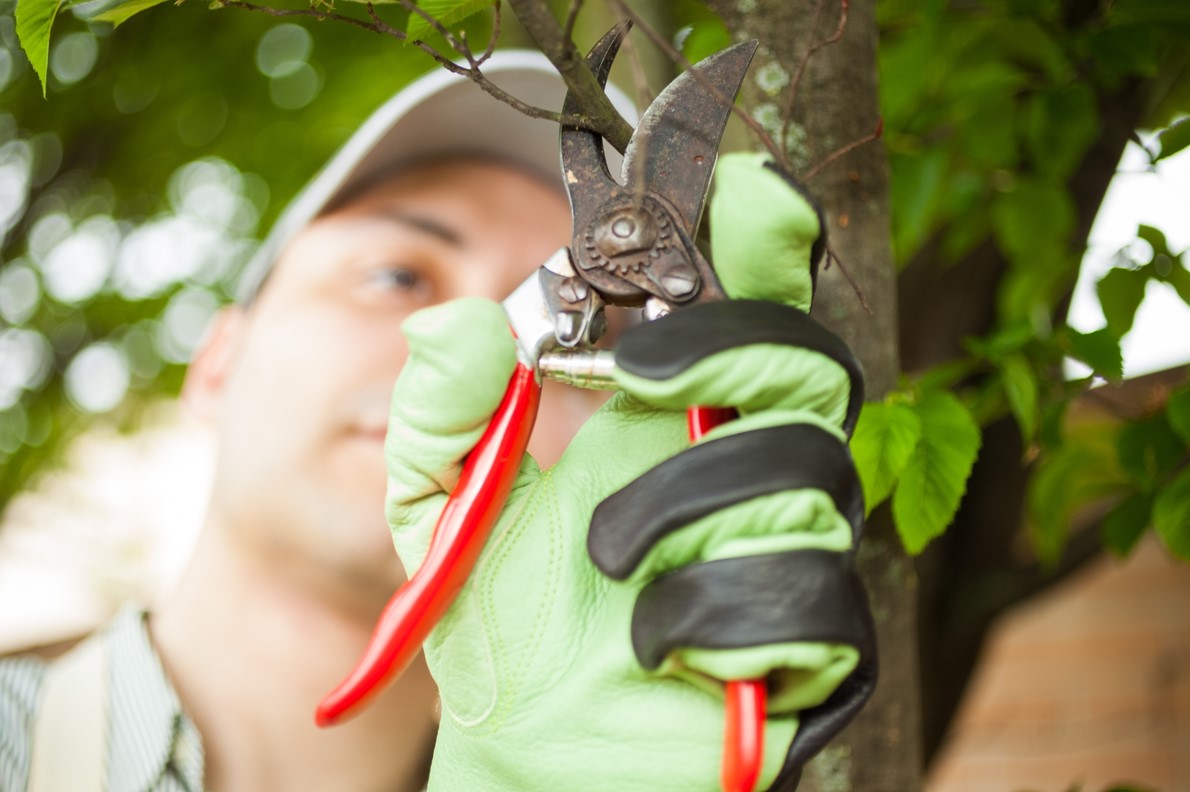
Pruning is an essential part of keeping your trees healthy and improving their growth. Although trees can naturally grow strong and healthy without pruning, it can still provide numerous benefits. However, it is important that you know how to properly prune your trees and when to do it as you can also seriously harm or even kill your trees if you don’t know what you’re doing. With this in mind, here is everything you need to know about pruning your trees in the spring and when it is and isn’t a good idea.
Pruning to Get Rid of Dead Branches
Pruning can be done for a number of different reasons. Most pruning is done to get rid of dead, diseased, weak or decaying branches. However, it can also be done to improve the shape of the tree or to encourage healthier tree growth. If you’re simply cutting out dead limbs and branches, you can generally do this at any time of the year without any issues. However, if your pruning to improve growth or to tackle issues with disease or infestations, it is essential that you only do this when the tree is dormant in winter or very early spring.
Pruning to Improve Growth
Pruning a tree’s canopy can help to encourage stronger, healthier growth. By allowing more light and air into the canopy, you can increase the amount of foliage and thus the amount of energy the tree can create. This type of pruning also reduces the risk of diseases spreading between the branches. However, if done incorrectly, this type of pruning could also damage the tree. Therefore, it is usually best to hire a residential tree care company to do this type of pruning to ensure it is done safely and correctly.
Pruning Away Diseased or Infested Limbs
Pruning live branches, even if they are diseased or infested with pests, any time after the tree has started growing again in the spring is generally a bad idea. Instead of focusing its energy on growing, the tree will have to use much of its energy to heal the wounds created by pruning. Cutting off any diseased limbs while the tree is growing also greatly increases the risk of the disease spreading to other parts of the tree. For these reasons, you should generally always do this type of pruning in late winter or early spring before the tree has started growing again.
Knowing when and how to prune your trees ensures that your pruning will have the greatest benefits. However, different types of trees have different pruning requirements. Your local climate also plays a major role in determining when the best time is to prune. Failing to take these into account could mean that your pruning ends up doing more harm than good. Therefore, if you are in doubt or not sure exactly how or when to do your pruning, it is always best to seek professional assistance.


